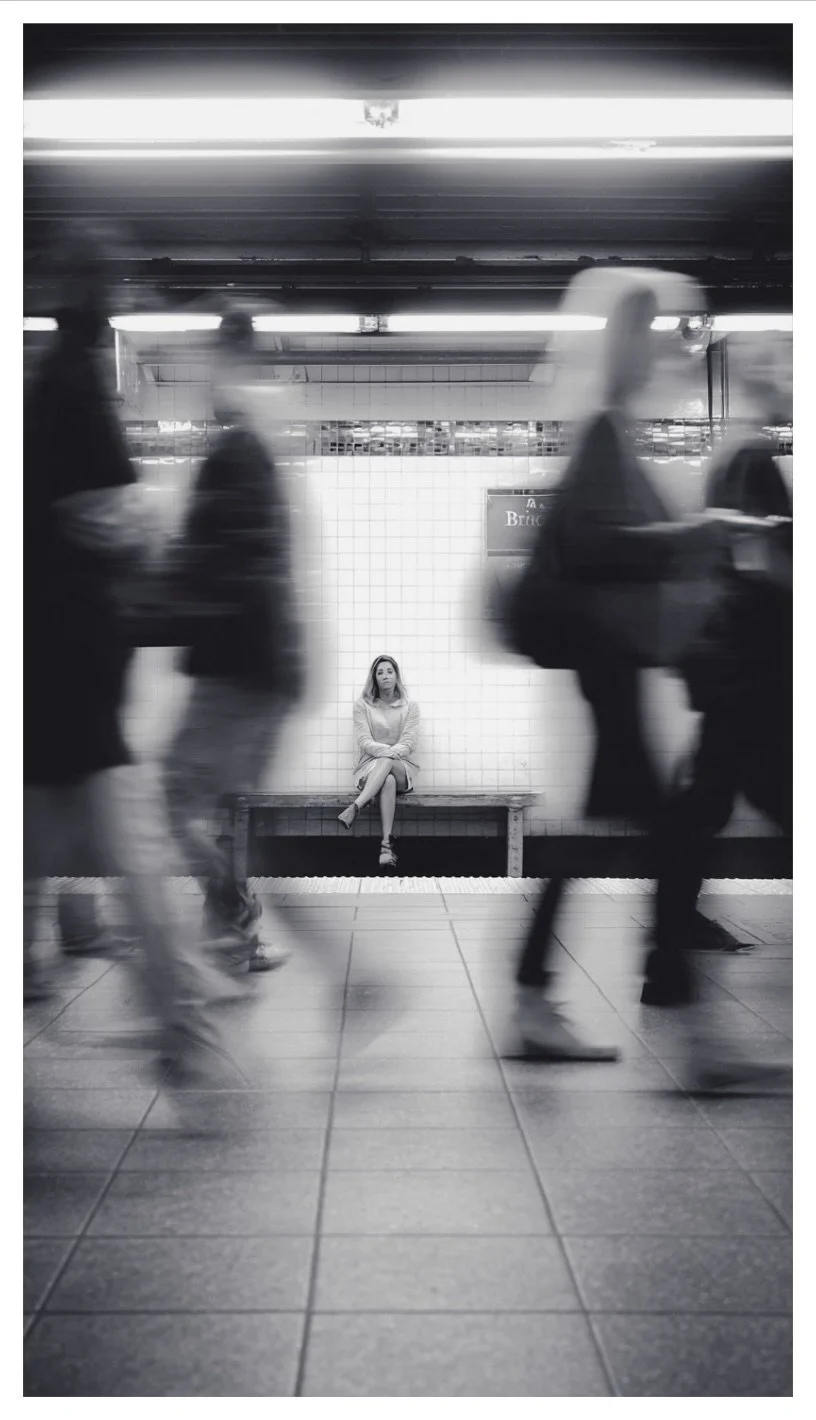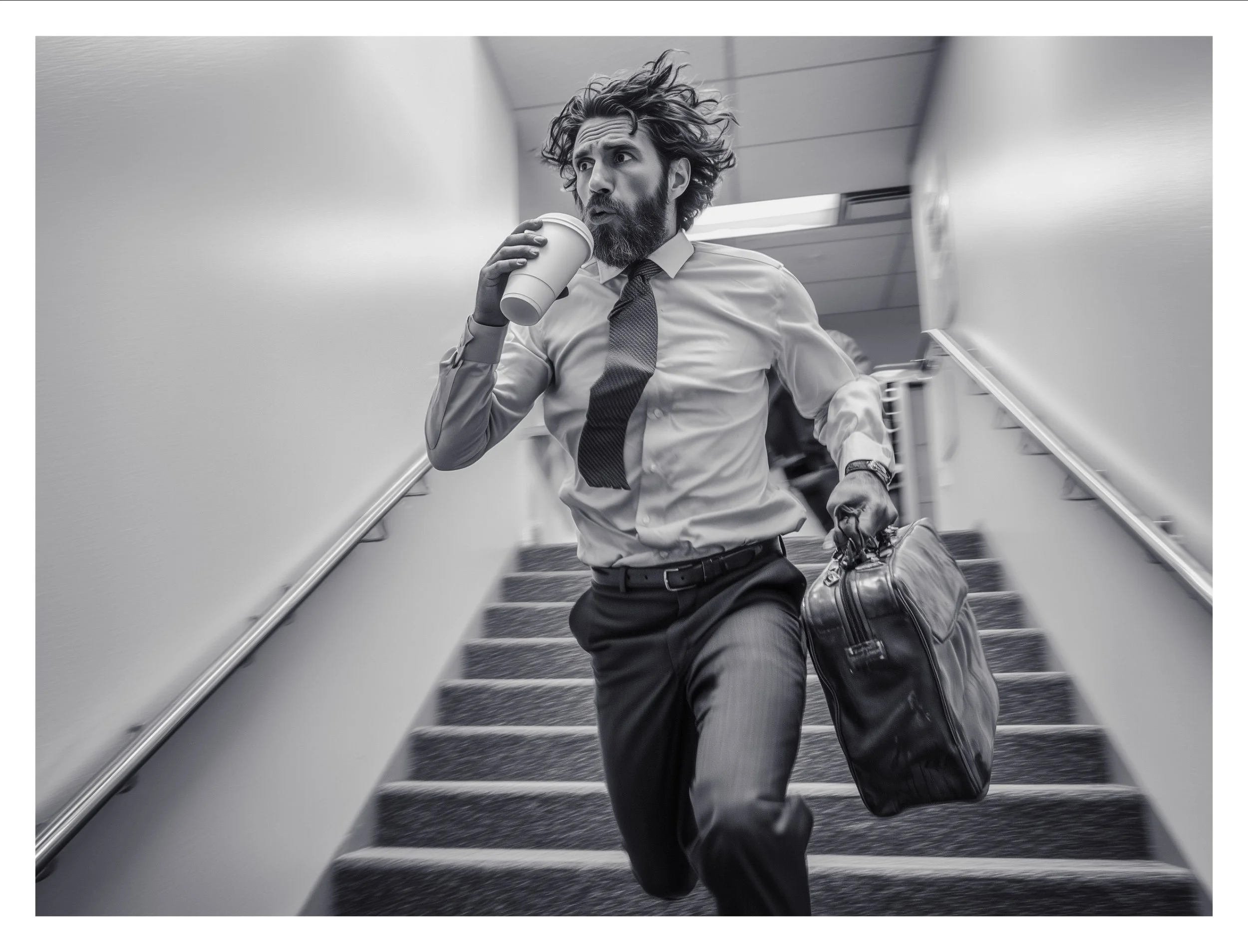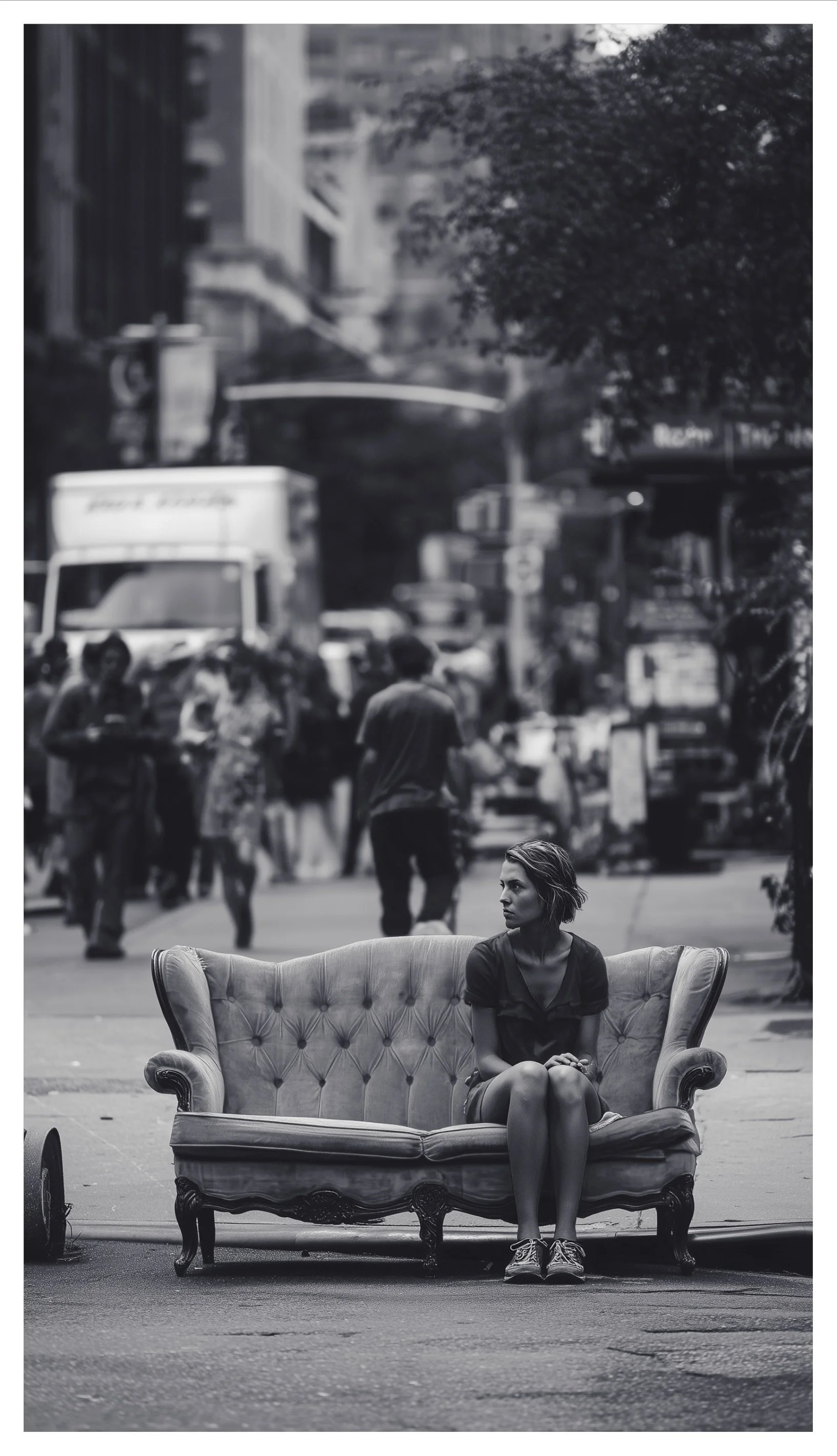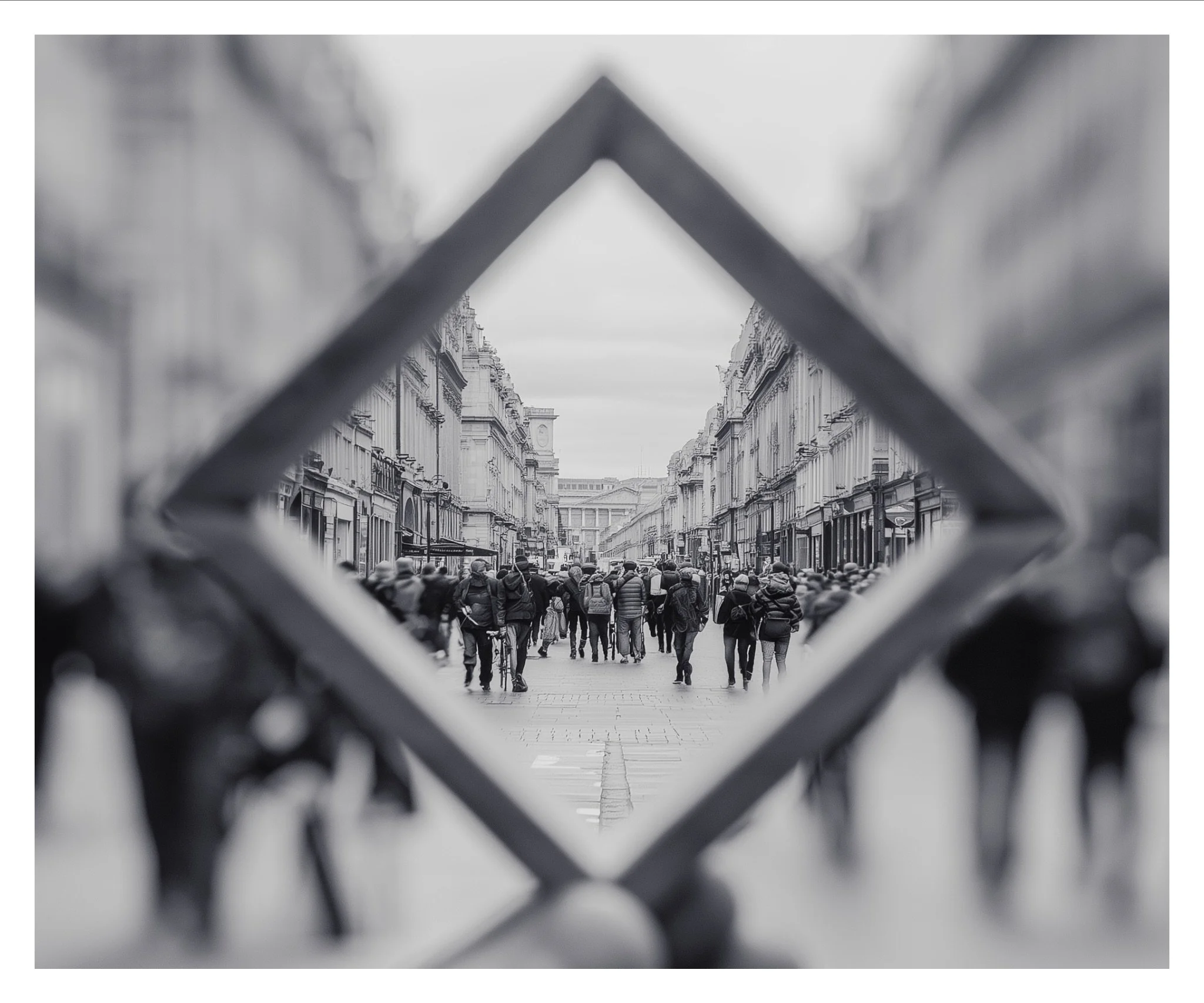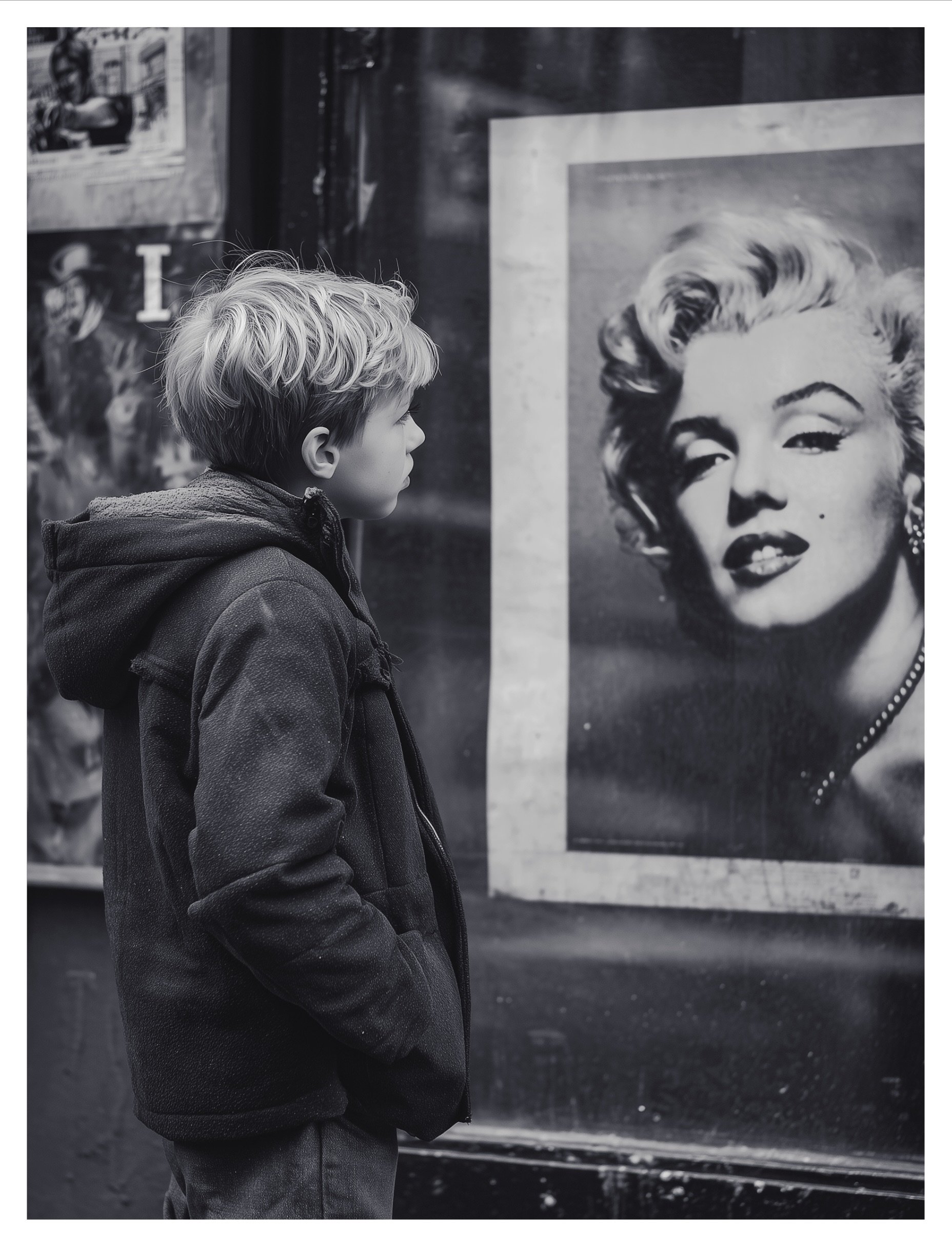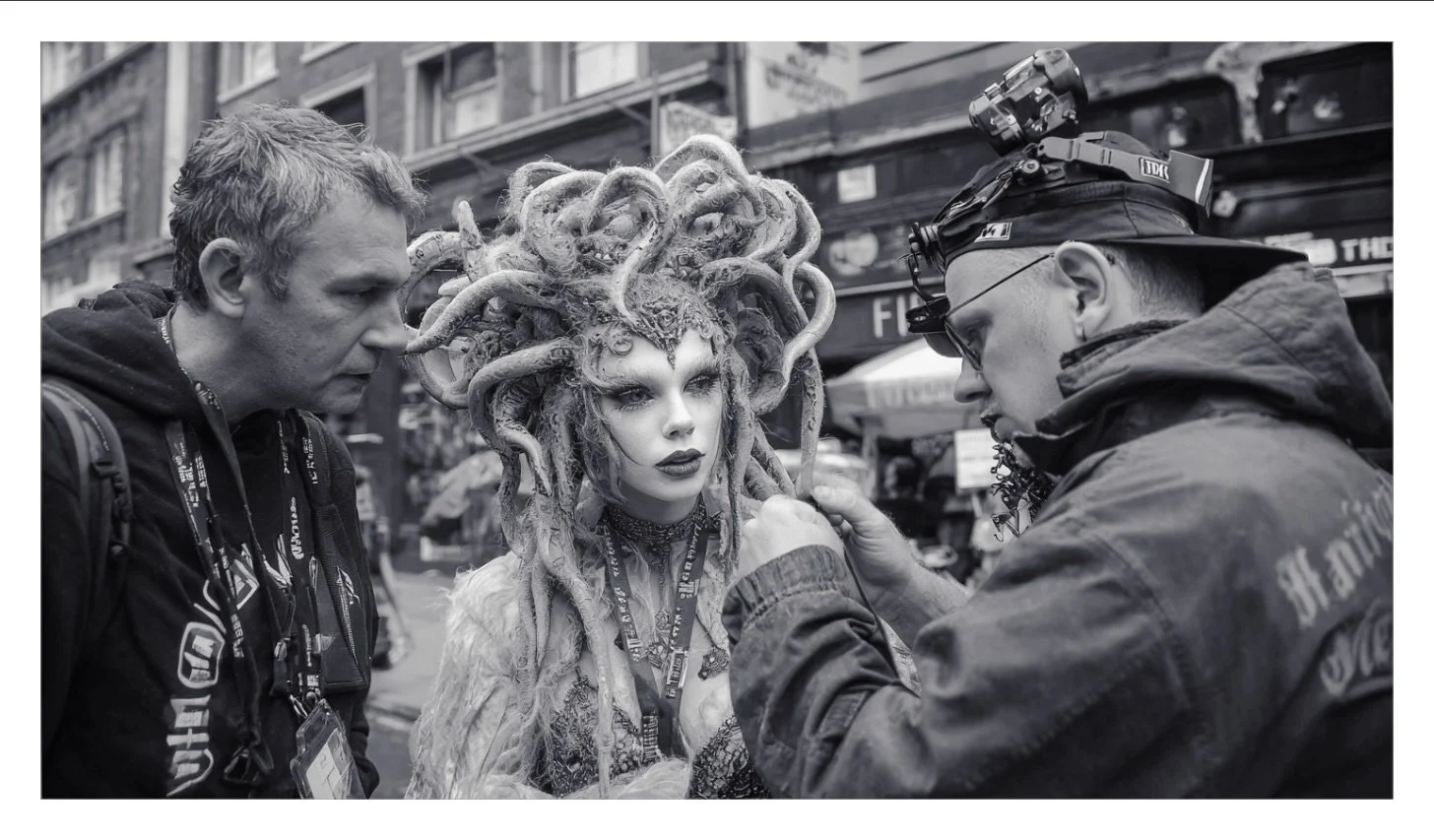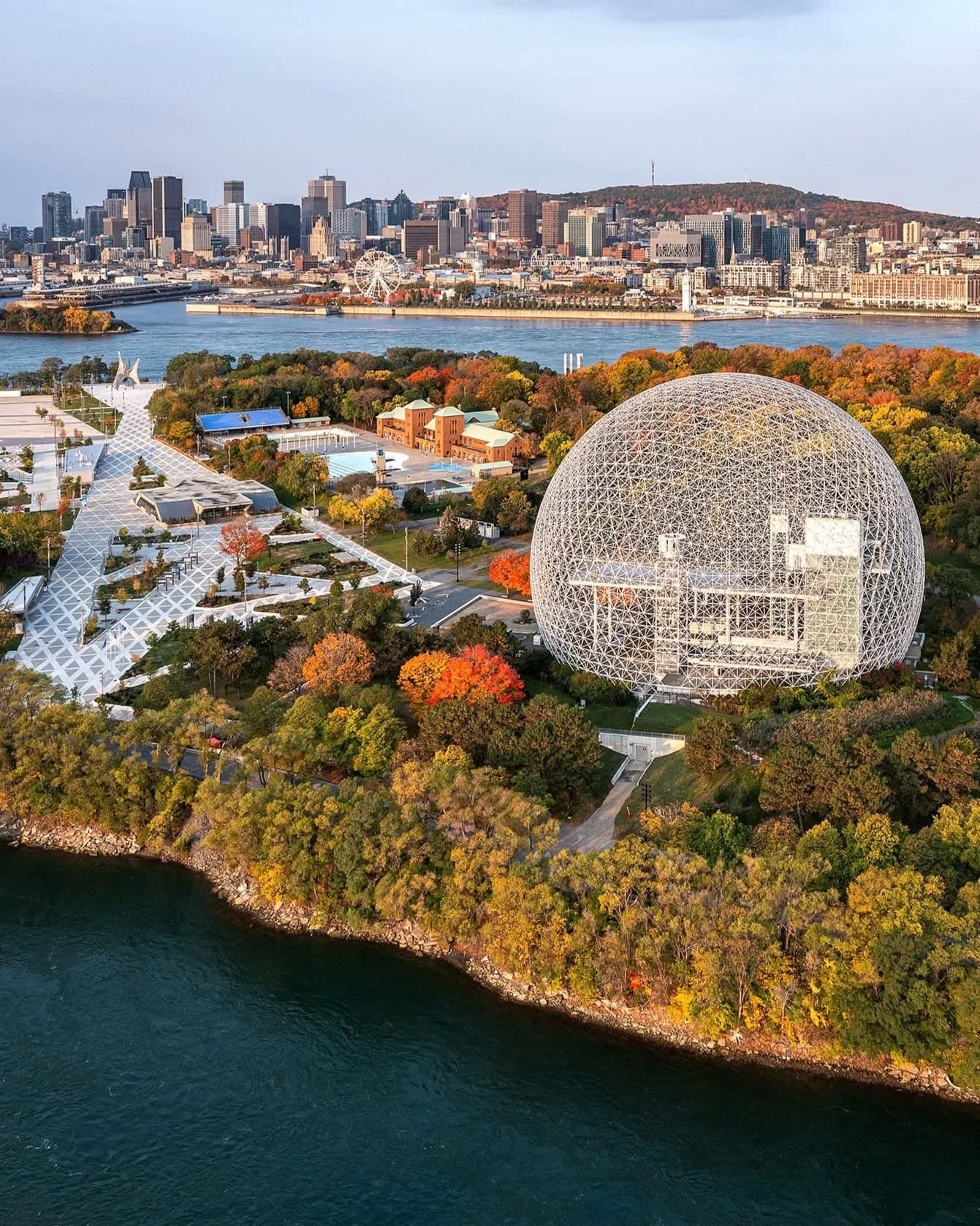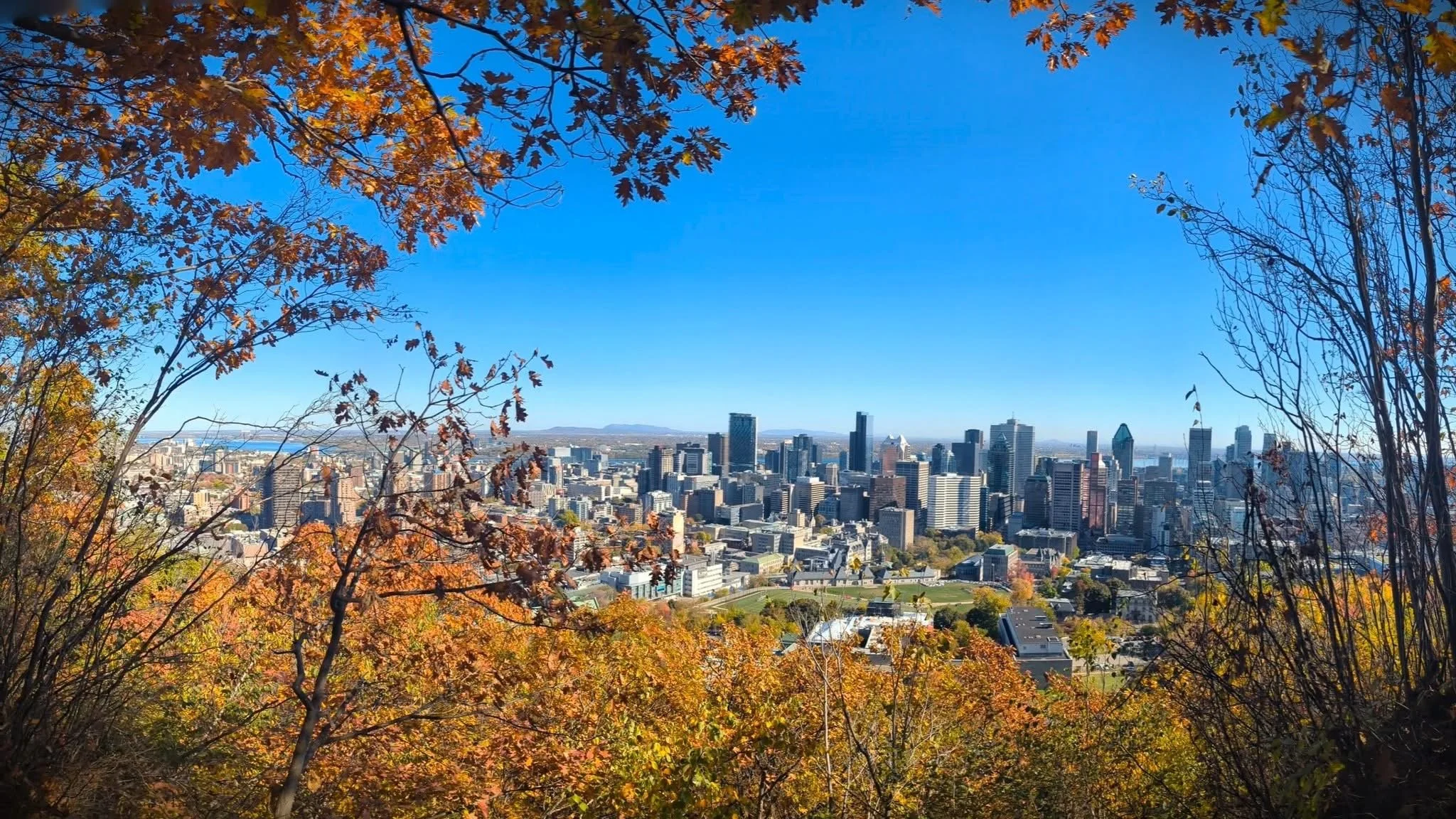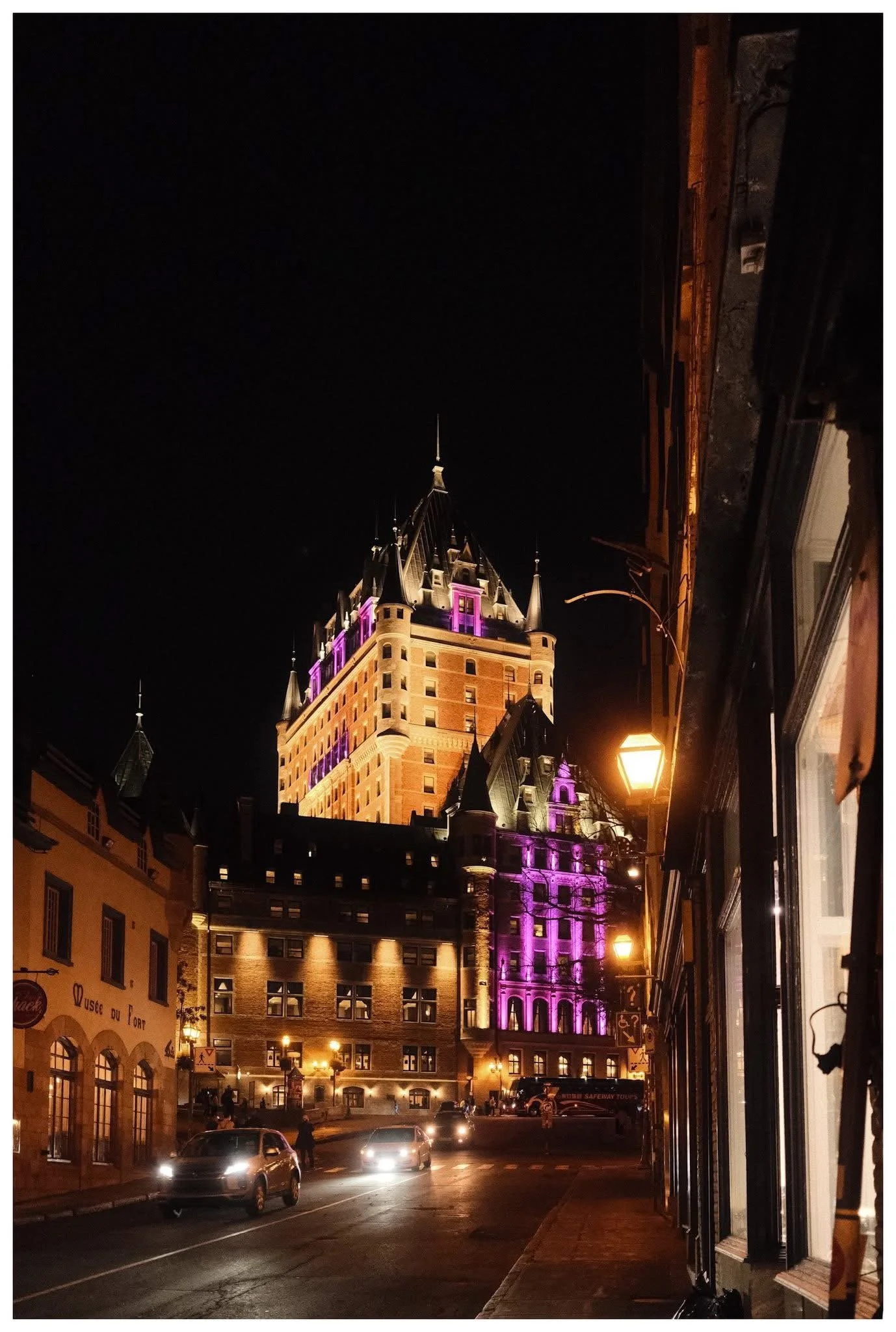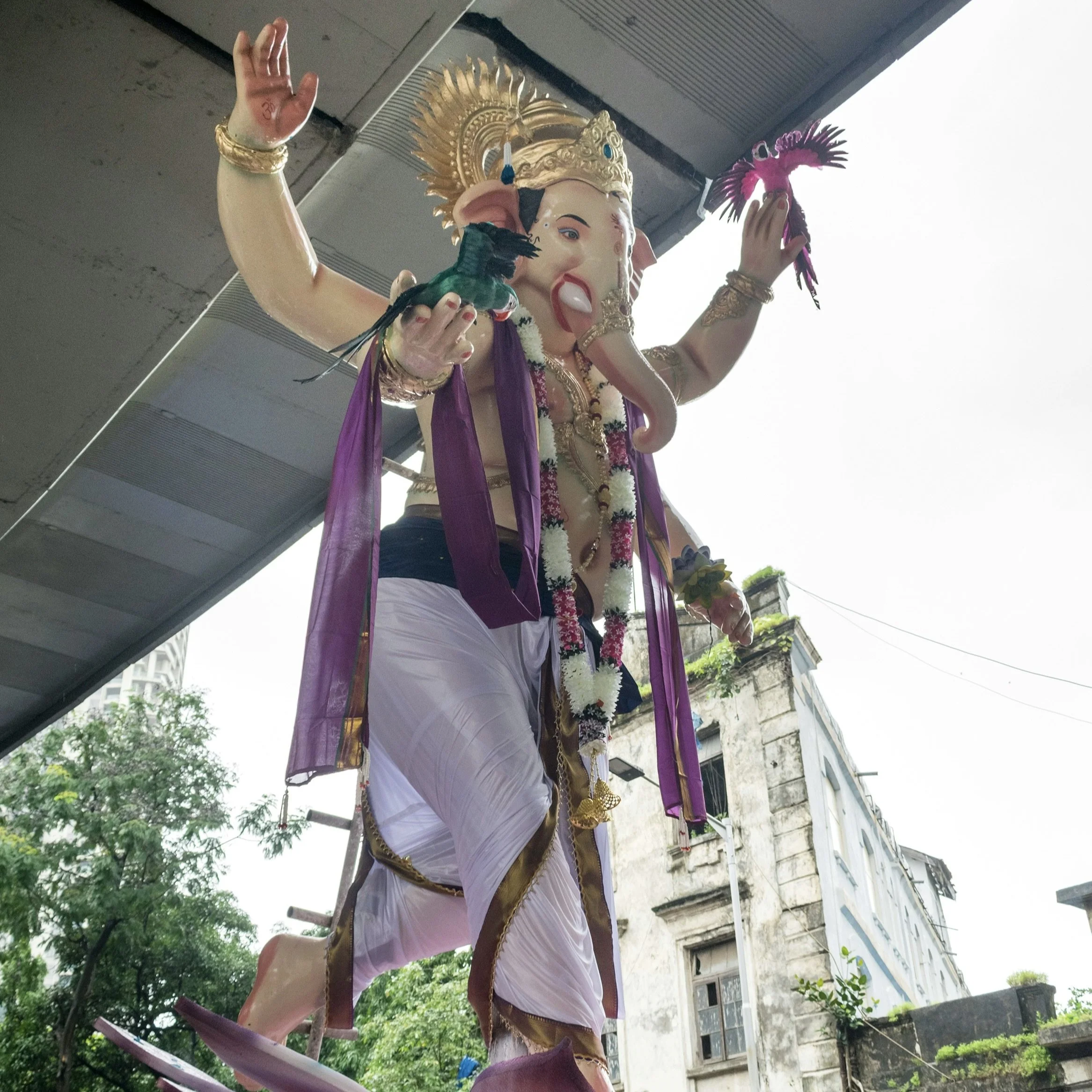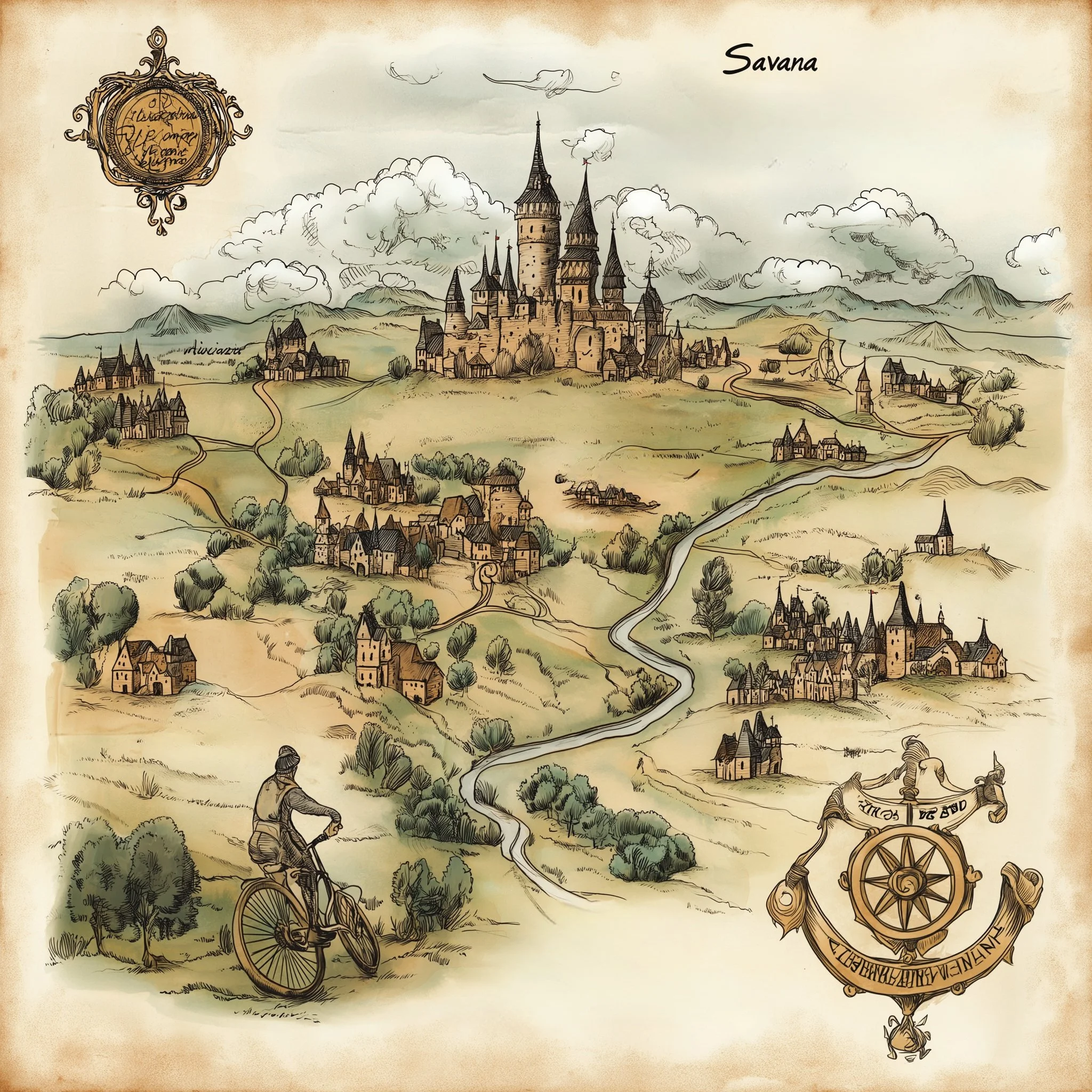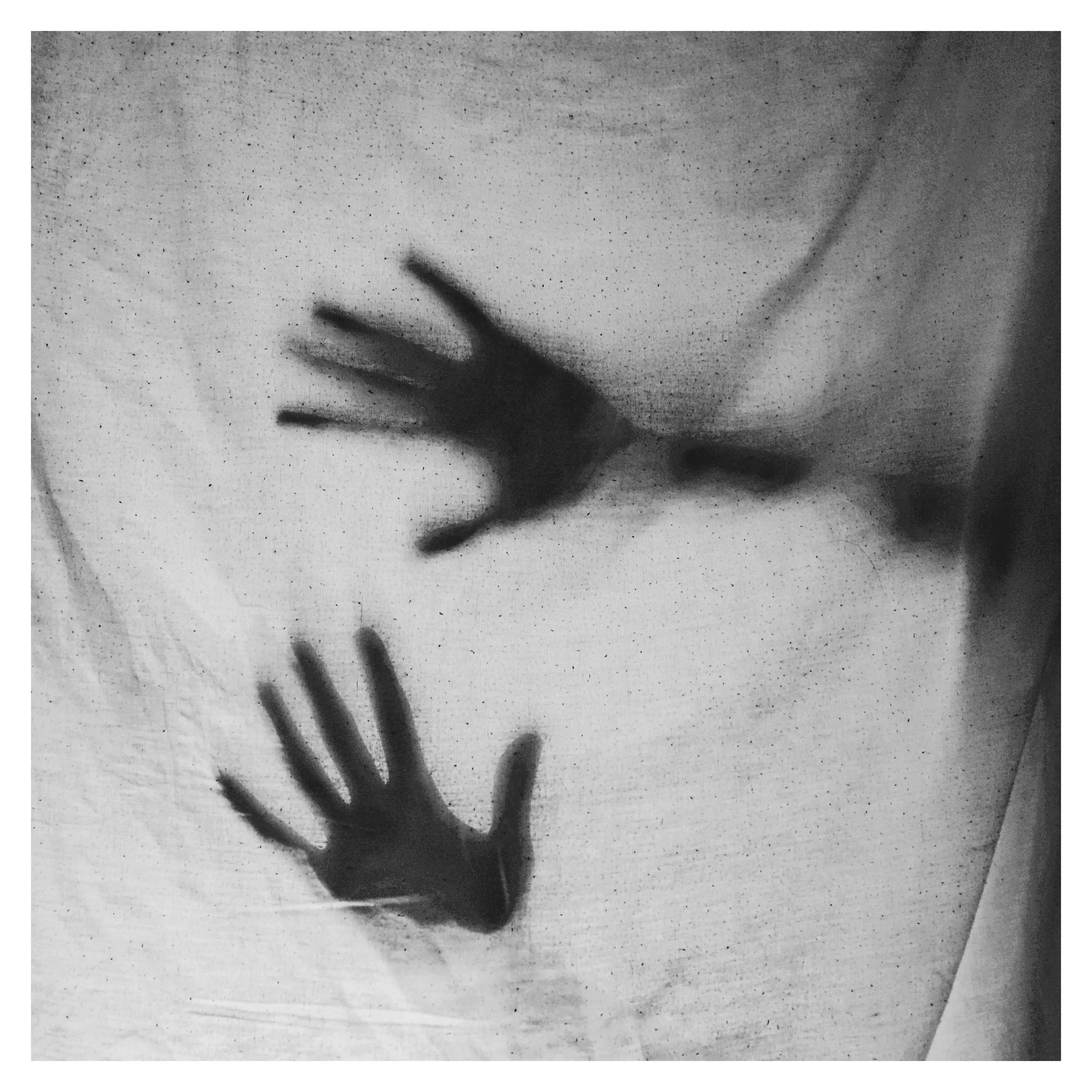Today, I want to talk about why I keep returning to the street with a camera—and why the smallest, most unremarkable moments are often the ones that stay with me.
I try to approach people with empathy. I’m not hunting for characters or chasing spectacle. What interests me is the in-between: a gesture, a pause, a rhythm most people overlook. The bus stop, for example, is a perfect little theatre. Watch long enough and you’ll see entire emotional biographies unfold—philosophers staring into the distance, optimists checking their watches like time will negotiate, teenagers carrying the weight of existence before 9 a.m.
And then there’s the coffee drinker, holding their cup with the intensity of a bomb technician while the city chaotically swirls around them. These micro-scenes—tiny truths—are what make street photography worth it. They reveal humanity far more honestly than anything staged.
Cities, however, almost never give complete stories. They offer fragments: a silhouette cutting through light, a reflection that appears and vanishes, strangers gathered briefly at a crossing. Over time, I’ve learned to love these incomplete pieces, because that’s where images breathe. A photograph that doesn’t explain everything invites the viewer to linger.
Of course, the walk home is its own ritual. I return with full memory cards and unreasonable optimism, only to discover that my “masterpiece” is out of focus and the accidental shot I made while fiddling with my strap is the best thing of the day. Street photography humbles you quickly. The city doesn’t care about your expectations—it rewards presence, not ambition.
And that leads to the only real secret, which isn’t much of a secret at all:
Go out. Be present. Watch closely. Stay curious.
Everything else—gear, settings, theories—is just seasoning. What matters is meeting the street halfway, letting it rearrange itself moment by moment, and noticing the small truths before they disappear.
That’s why I keep doing this. Not for perfection, but for fragments—those fleeting, honest moments where the world quietly reveals itself and lets you press the shutter at just the right breath.

